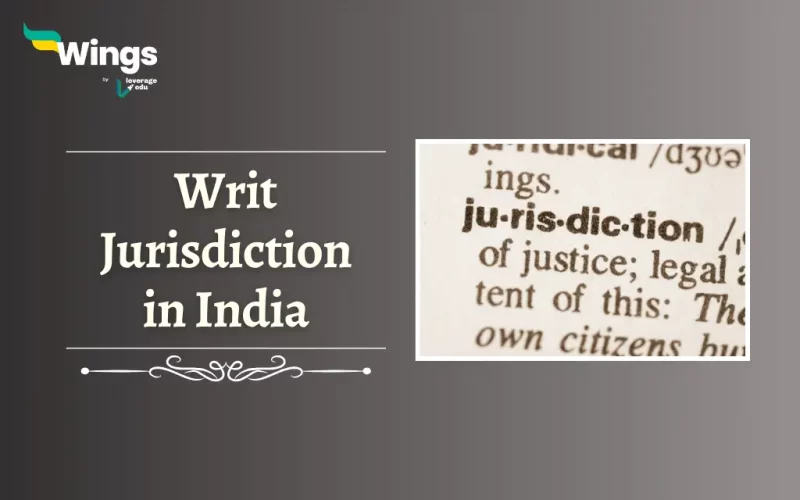The Supreme Court stands as the highest judicial authority in India, overseeing both lower court cases and appeals of the Supreme Court itself. Furthermore, a key part of its power is the Writ Jurisdiction, which empowers it to issue writs which are essentially court orders to safeguard individual and group rights. Additionally, this ability to directly intervene makes the Writ Jurisdiction a crucial pillar of the Indian legal system. The Indian Constitution, through Articles 32 and 226, empowers both the Supreme Court and High Courts to use this Jurisdiction. Read on to learn more about what is Writ Jurisdiction, the jurisdiction of the Supreme Court and High Courts and the difference between the Writ Jurisdiction of High Courts and the Supreme Court of India.
Table of Contents [show]
What is Writ Jurisdiction?
In India, Writs are Court orders (Supreme or High Courts) acting as powerful directives.
- Moreover, they can compel someone, often a government official or higher authority of the nation, to take a specific action or stop doing something.
- In addition, this power stems from the common law tradition and is triggered when a person’s Fundamental Rights are violated by the State.
- Essentially, anyone can file a Writ petition to seek such court-ordered intervention.
Also Read: Preamble of the Indian Constitution
What is the Writ Jurisdiction of the Supreme Court of India?
Writ Jurisdiction grants Supreme Court and High Courts, the authority to issue writs, which are court orders compelling the government or its officials to act according to their legal duties or prevent actions that violate Fundamental Rights. Additionally, Article 32 specifically strengthens the Supreme Court’s ability to address rights violations and order remedies in various situations.
Therefore, the Jurisdiction of the Supreme Court of India includes:
Also Read: 25 Important Facts About the Constitution of India
Difference between Writ Jurisdiction of the High Court and Supreme Court of India
Unlike the Supreme Court, which has nationwide jurisdiction, the High Court’s jurisdiction is confined to its territorial boundaries. There are more differences between the Writ Jurisdiction of the High Court and the Supreme Court, which are as follows:
Related Blogs
Lastly, we hope you liked our blog and gained an understanding of the Writ Jurisdiction in India. Moreover, you may even read more blogs and empower yourself with knowledge regarding Civics and Polity!
 One app for all your study abroad needs
One app for all your study abroad needs















 45,000+ students trusted us with their dreams. Take the first step today!
45,000+ students trusted us with their dreams. Take the first step today!
